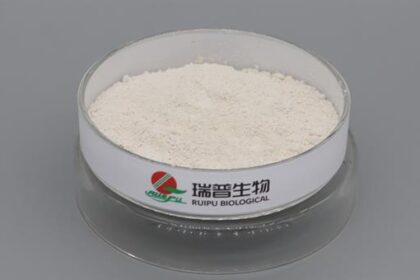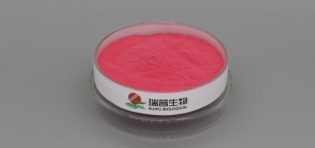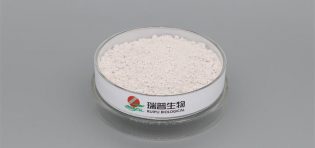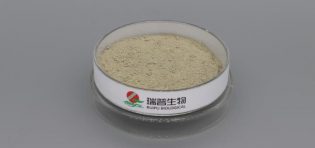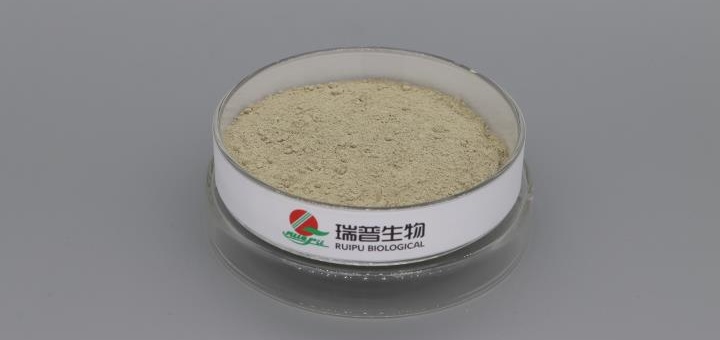
Ferrous gluconate is a commonly used oral iron supplement in clinical practice, primarily indicated for the prevention and treatment of iron deficiency anemia. Its mechanism of action involves replenishing iron stores in the body and promoting hemoglobin synthesis. Due to the chemical properties of iron ions and their metabolic characteristics in the body, this medication may interact with other substances and has specific contraindications, requiring strict control in clinical application.
I. Drug Interactions
The drug interactions of ferrous gluconate mainly involve absorption interference, metabolic effects, and pharmacodynamic antagonism, as detailed below:
Drugs affecting iron absorption
Antacids (e.g., aluminum hydroxide, sodium bicarbonate): These drugs increase gastrointestinal pH, causing iron ions to form insoluble hydroxide precipitates, significantly reducing the absorption of ferrous gluconate. Therefore, they should be administered at least 2 hours apart.
Tetracycline antibiotics (e.g., tetracycline, doxycycline): Tetracyclines can form insoluble complexes with iron ions, impairing both iron absorption and the antibacterial activity of tetracyclines. Concurrent use should be avoided clinically; if co-administration is necessary, they should be separated by 3–4 hours.
Tannin-containing drugs (e.g., tannalbin) and tannin-rich foods (e.g., strong tea): Tannins bind with iron to form insoluble iron tannate precipitates, hindering iron absorption. During treatment, consumption of strong tea or tannin-rich foods should be avoided.
Drugs or substances enhancing iron absorption
Vitamin C: As a reducing agent, vitamin C converts ferric iron to the more absorbable ferrous form and maintains an acidic gastrointestinal environment, promoting the absorption of ferrous gluconate. Clinical practice often combines the two to enhance iron supplementation efficacy.
Dilute hydrochloric acid: It lowers gastrointestinal pH, increasing iron ion solubility, and is suitable for patients with hypochlorhydria (e.g., those with atrophic gastritis) to assist in improving iron absorption.
Other interactions
Levodopa and carbidopa: Iron ions may reduce the absorption of levodopa, diminishing its efficacy in treating Parkinson’s disease. Cautious co-administration and pharmacodynamic monitoring are required.
Penicillamine: Iron forms stable complexes with penicillamine, reducing the bioavailability of both. If co-administration is necessary, they should be separated by 2–3 hours.
II. Contraindications
The contraindications of ferrous gluconate are primarily based on its pharmacological effects and the risk of adverse reactions, including the following situations:
Patients with iron overload or non-iron deficiency anemia
Conditions such as hemochromatosis and hemosiderosis involve excessive iron accumulation in the body. Administration of ferrous gluconate will exacerbate iron deposition, leading to organ damage (e.g., liver and heart impairment), thus it is absolutely contraindicated.
Patients with non-iron deficiency anemia (e.g., megaloblastic anemia, hemolytic anemia) do not require iron supplementation; use may cause iron overload and worsen the condition, hence contraindicated.
Patients allergic to iron supplements
Some individuals may be allergic to ferrous gluconate or its excipients (e.g., sucrose, flavoring agents), presenting with allergic reactions such as rash, pruritus, and dyspnea. Such patients are contraindicated.
Patients with gastrointestinal obstruction or acute peptic ulcers
Ferrous gluconate may irritate the gastrointestinal mucosa, causing symptoms like nausea, vomiting, and abdominal pain. Administration in patients with gastrointestinal obstruction may exacerbate obstruction, while use in those with acute peptic ulcers may induce ulcer bleeding, thus contraindicated.
Patients with severe hepatic or renal impairment
The liver is the primary organ for iron metabolism, and the kidneys participate in iron excretion. Patients with severe hepatic or renal impairment may experience increased organ burden and heightened risk of iron accumulation, requiring contraindication or cautious use under close monitoring.
III. Precautions
In addition to the above interactions and contraindications, the following should be noted when using ferrous gluconate:
It is recommended to take it after meals to reduce gastrointestinal irritation.
Stools may appear black during treatment, which is a normal phenomenon and does not require discontinuation.
Long-term use requires regular monitoring of serum iron and ferritin levels to avoid iron overload.
The clinical application of ferrous gluconate must strictly avoid contraindications and ensure rational combination with other drugs to guarantee efficacy and minimize the risk of adverse reactions.

